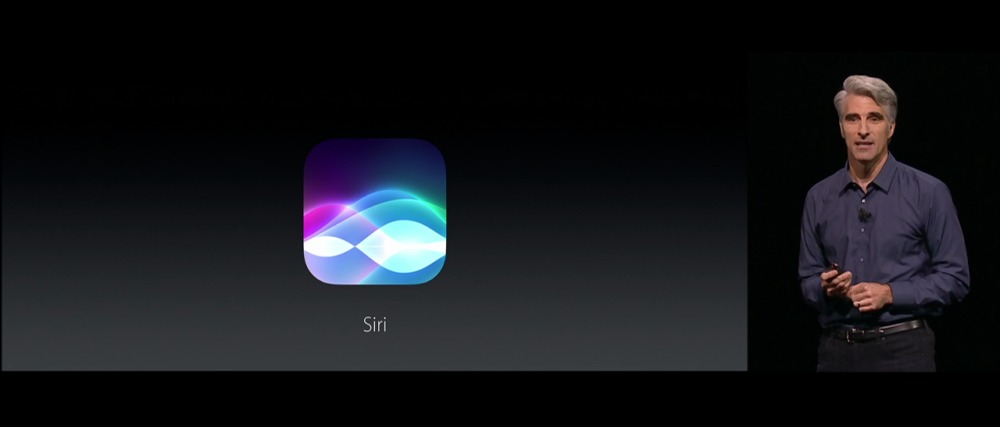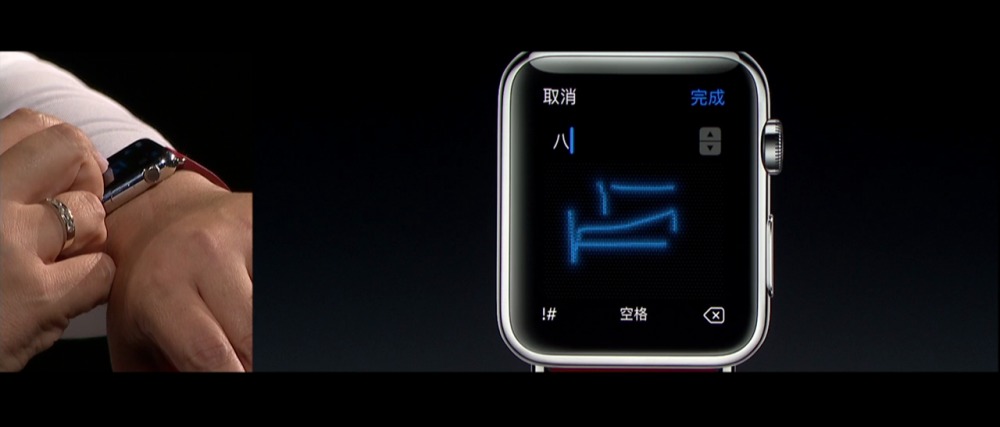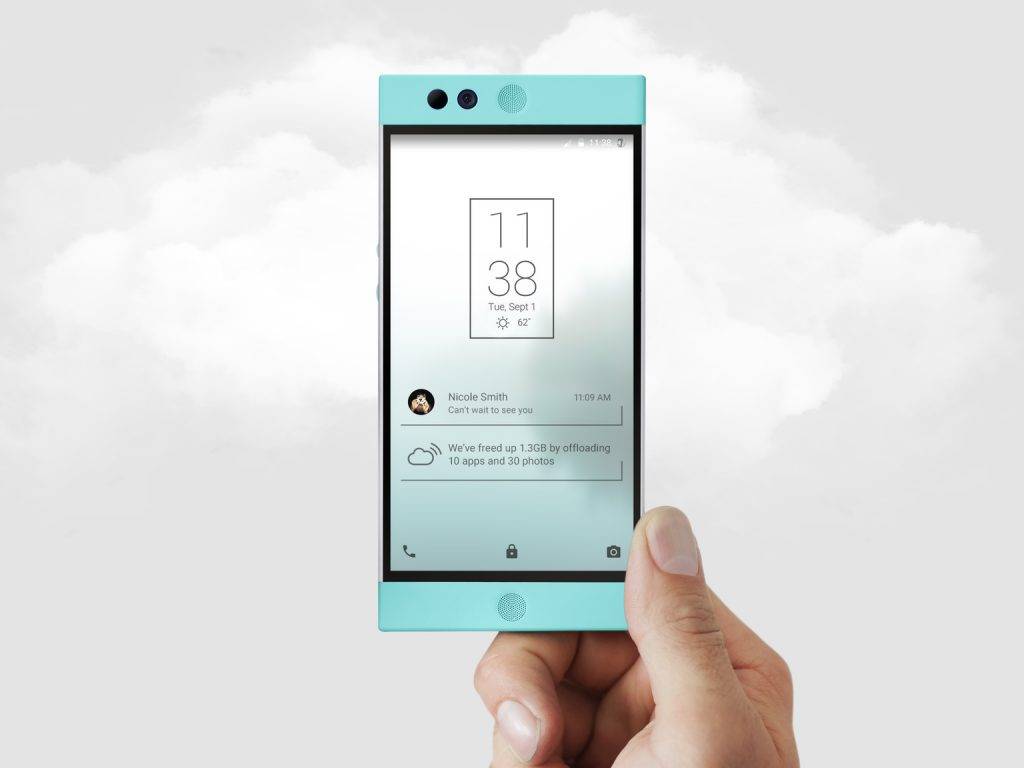
Ok, so there’s no real proof to be able to say Apple copied from Android on these, but that’s certainly how it felt like, listening to Apple take the stage at their 2016 Worldwide Developers Conference (WWDC) in San Francisco yesterday. Apple announced new features to its four main platforms – now called watchOS, tvOS, macOS, and iOS – and as you were listening to it, you can’t disguise the fact that Apple was chasing features that Google had already put out on Android.
Basically, we all know that Google is more of the risk taker in this competition – it puts out features quickly after they survive short beta tests. This cuts both ways – sometimes Android users get features that are buggy and not fully hashed out, but it also puts Android at the leading edge of technology. This is why it felt like Apple played catchup – most of these features were already available on Android. Here are a few.
iOS
Apple debuted a “raise to wake” feature, where your smartphone wakes up when you lift it from a resting position. We don’t need to tell you that this has been a feature available for some years already on Android, with the aftermarket community already using your phone’s sensors to good use in their custom ROMs. Google’s Nexus line also sport the feature.
Apple also put a “clear all” in notifications – no need to explain where they got that.

Then Apple announced that they are opening up Siri, its voice assistant, to developers – it has been closed off since it was introduced. Last year, Google opened up the Google Now voice assistant to developers with APIs, and there are now lots of app integrations.
With Apple Photos, the catchup is more obvious. The app is available in iOS 10, and it has all the image processing, deep computing, and other features available on Google Photos for a while now. A lot of people noticed this. But there is one big difference – most of Google Photos’ features remain server-side, while Apple’s remain on the device itself.

With Apple Maps, you will see a lot of new features launched that have been on Google Maps for a while now. Apple Maps now shows you traffic going to your destination, gives you a new dynamic view that changes as you’re driving, and controls to search for destinations along your route.
tvOS
Apple took a lot of effort to beef up its tvOS, seeing as how Android TV is quickly gaining ground in the TV console market. Apple introduced Siri being able to do searches – aside from your library of films and videos – on YouTube. This feature has been available on Android TV since its inception.

Apple also launched a new remote control app for Apple TV, one that you can install on your phone and use it to control your console. Hundreds of apps have been able to do this on Android for specific apps, and the feature has been available on Android TV when it launched, provided that your phone had an IR blaster.
watchOS

Apple announced a new “scribble” feature as a new thing in watchOS 3, which allowed Apple Watch users to do finger-writing input on their watch screens. Incidentally, Google announced a similar feature last month for Android Wear.
Also starting in watchOS 3, Apple Watch users can swipe to change watch faces. No need to tell you that this is also how it’s done in Android Wear.
macOS
A new feature in macOS Sierra is being able to unlock your Mac desktop or laptop with your Apple Watch. Comparatively, SmartLock is a feature long available on Chromebooks that allow them to locate your Android phone, if it is within the area, and unlock itself if you have your phone close by.

And as an aside, macOS’s new “optimized storage” feature is actually one pioneered by a company called Nextbit, who in turn has an Android phone out. The catch is that the operating system automatically stores old files, apps, and such in the cloud to preserve space, and re-downloads them automatically if and when you need them.
Conclusion
This is not a new trend, actually. And it will continue to be so, as long as Google remains on the leading edge of features and stuff that Android can do. Apple, with its closed off system and regular update cycle, can do nothing but catch up. With the help of a vibrant aftermarket developer community, Android can remain up to date with what new things can be done with its platforms and features that should be in there.










Apple is new Nokia. Apple has the same fate as Nokia.